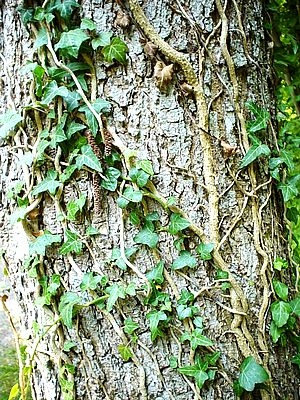I’ll be the first to admit it’s hard to bundle yourself up to go out and work in the garden on a cold winter day. Bright sunshine sure helps but still it’s not t-shirt weather yet. It helps to think how good that fresh air will feel, not to mention that working in the garden relieves stress. And think about all that great exercise you get without getting on the boring treadmill.
Depending on your weight and how vigorous you work, one hour of gardening can burn up about 272 calories. Transplant a shrub, and the number of calories burned could jump to an incredible 340 calories per hour. Just think of that extra helping of potatoes-au-gratin you had over the holidays.
There’s plenty to do this time of year. Neaten things up by removing rotting perennials and sweep the leaves and debris off the driveway and your roof.
It’s time to prune fruit tree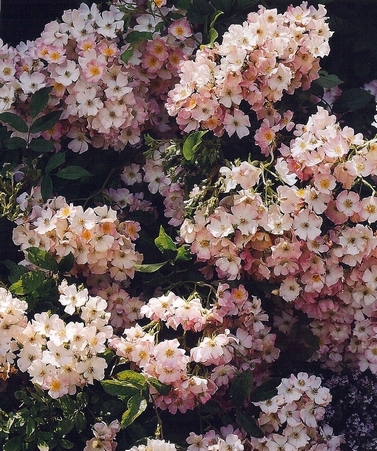 s and smother overwintering eggs and insects by spraying with horticultural oil. Combine your spray with lime-sulfur ( except on apricot trees ) to kill fungal disease spores like the ones that cause peach-leaf curl. has also been shown to supress fungal diseases.You’ll want to do this again when the buds swell but before they open ( about Valentine’s Day )
s and smother overwintering eggs and insects by spraying with horticultural oil. Combine your spray with lime-sulfur ( except on apricot trees ) to kill fungal disease spores like the ones that cause peach-leaf curl. has also been shown to supress fungal diseases.You’ll want to do this again when the buds swell but before they open ( about Valentine’s Day )
Control large vines like overgrown honeysuckle, pink jasmine, morning glory, passion vine, potato vine and trumpet creeper by radically thinning or even cutting back low to the ground if they are a big, tangled mess. Wait until after flowering to heavily prune spring-blooming vines such as wisteria.
Pruning Roses
When buds along rose canes begin to swell, prune repeat flowering roses by removing spindly or diseased shoots and dead wood. Do this before they start leafing out which wastes plant energy. Cut back the remaining stems by about a third, cutting canes at a 45-degree angle just above an outward facing bud. Don’t worry whether your pruning job is perfect. Roses are super forgiving and you can trim them up again later. You want to produce lots of roses not just a few of exhibition size. Aim for a vase-shaped bush with an open center.
Prune old garden roses that bloom once in the spring after flowering.
Climbing roses require little pruning. Cut out extra stems if there are too many and also cut back long established canes to about the place where they are slightly thicker than a pencil. Then cut each side stem down to several inches. This will cause the cane to flower along its complete length for a beautiful spring display.
If any old leaves still cling to the plant, remove them. Rake up any debris beneath the plant and discard to eliminate overwintering fungus spores. It’s a good idea to spray both the bare plant and the surrounding soil with a combination organic horticultural oil to smother overwintering insect eggs and a dormant spray like lime-sulfur to kill fungus spores. If you usually have a problem only with black spot you can use a mixture of 1 teaspoon baking soda with a few drops of light oil in 1 quart water and spraying every 7 to 10 days. Thoroughly coat the trunk, branches and twigs.
Other tasks to do in the garden in January:
Cut back hydrangeas if you haven’t already done so. Apply soil sulfur, aluminum sulfate or other acidifier if you want to encourage blue flowers.
Cut back summer flowering deciduous shrubs and vines. Don’t prune spring flowering varieties like lilac, flowering cherry, plum and crabapple, rhododendrons, azaleas, camellias, weigela and spirea until after flowering or you can cut some during flowering to bring in cuttings for bouquets.

.jpg)
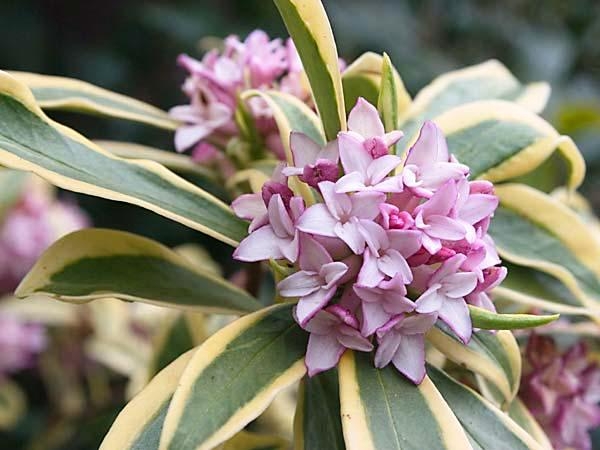 ngland called Rebecca has the same sweetly scented pink flowers but the leaves are more vividly variegated than the original. The stripes are wider and more buttery yellow and the flowers are a softer shell pink. These gorgeous little shrubs get a bad name for being finicky to grow. Less is more when it comes to their care. They thrive in partial shade in humus-rich soil with good drainage. Don’t keep them soggy during the summer or they succumb to crown and root rot. They don’t transplant well but are quite deer resistant. Daphne are not long lived, usually lasting for 8-10 years but what a life they live.
ngland called Rebecca has the same sweetly scented pink flowers but the leaves are more vividly variegated than the original. The stripes are wider and more buttery yellow and the flowers are a softer shell pink. These gorgeous little shrubs get a bad name for being finicky to grow. Less is more when it comes to their care. They thrive in partial shade in humus-rich soil with good drainage. Don’t keep them soggy during the summer or they succumb to crown and root rot. They don’t transplant well but are quite deer resistant. Daphne are not long lived, usually lasting for 8-10 years but what a life they live.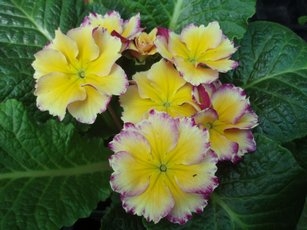 But is it unusual to have warm weather around here in January? Not at all. Just last year before the rains started we had several weeks of Caribbean-like weather. Back in 2009 during the first two weeks of January temps were in the 70’s and low 80’s. Don’t worry. Mother Nature knows how to adjust to changes in the weather- slowing down when it’s really cold and catching up when it’s mild.
But is it unusual to have warm weather around here in January? Not at all. Just last year before the rains started we had several weeks of Caribbean-like weather. Back in 2009 during the first two weeks of January temps were in the 70’s and low 80’s. Don’t worry. Mother Nature knows how to adjust to changes in the weather- slowing down when it’s really cold and catching up when it’s mild. 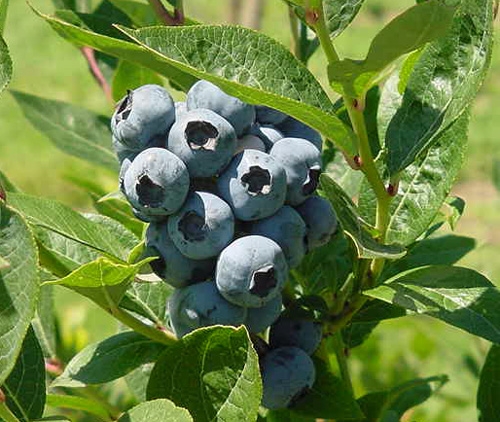
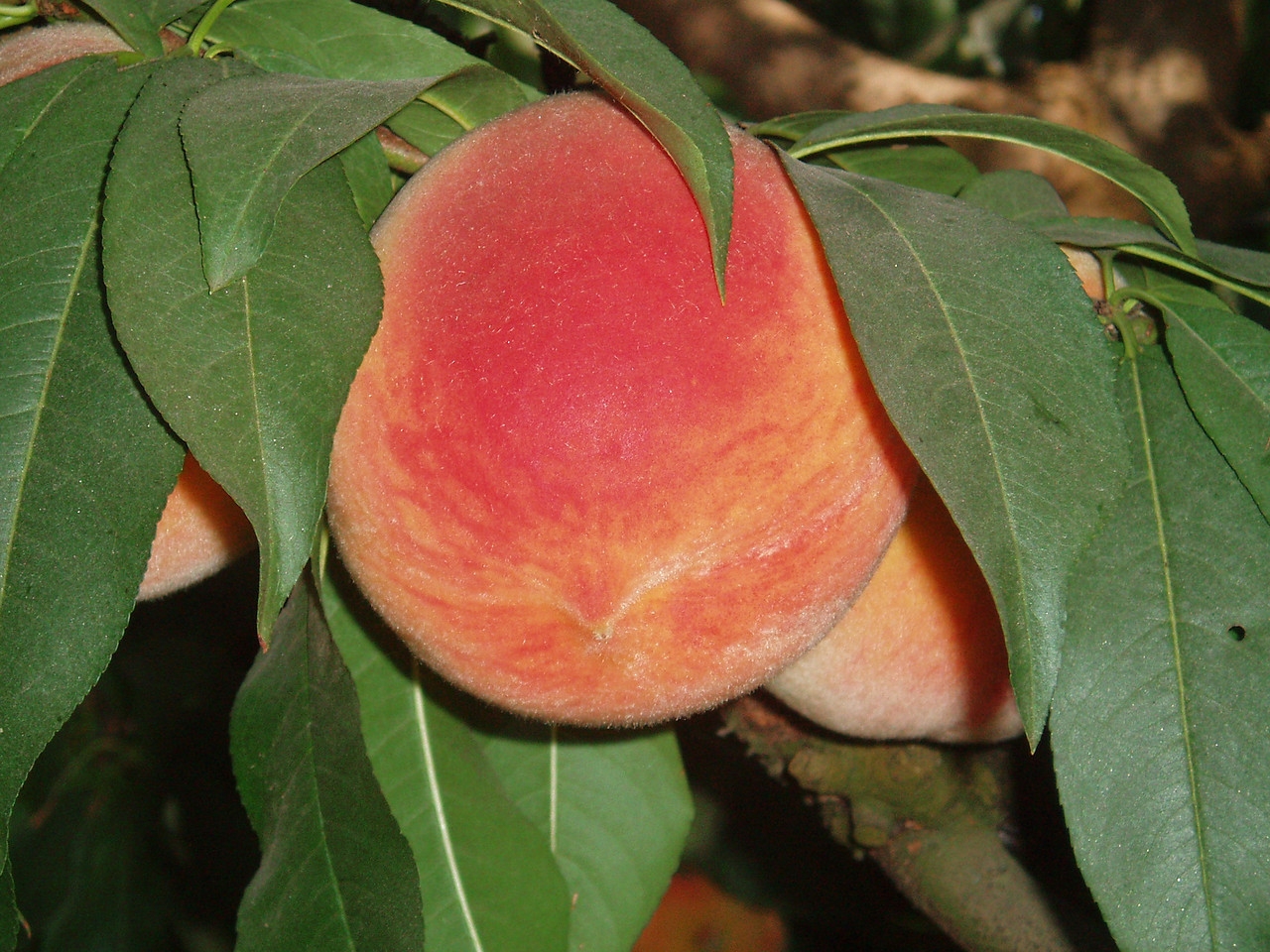 Love biting into a juicy peach in the summertime? Try growing Santa Barbara, considered the best tasting peach for homeowners. Flesh is yellow, freestone and red near the pit. It has a melting texture, delightfully sweet, combined with the delicious peach flavor. Peaches are self-fertile. This variety requires only 300 hour of chill below 45 degrees so is good for warmer winter areas as well as the mountains.
Love biting into a juicy peach in the summertime? Try growing Santa Barbara, considered the best tasting peach for homeowners. Flesh is yellow, freestone and red near the pit. It has a melting texture, delightfully sweet, combined with the delicious peach flavor. Peaches are self-fertile. This variety requires only 300 hour of chill below 45 degrees so is good for warmer winter areas as well as the mountains. 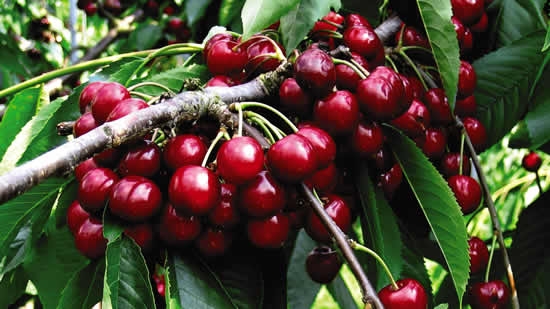 pollinizer for all sweet cherries.
pollinizer for all sweet cherries.  s and smother overwintering eggs and insects by spraying with horticultural oil. Combine your spray with lime-sulfur ( except on apricot trees ) to kill fungal disease spores like the ones that cause peach-leaf curl. has also been shown to supress fungal diseases.You’ll want to do this again when the buds swell but before they open ( about Valentine’s Day )
s and smother overwintering eggs and insects by spraying with horticultural oil. Combine your spray with lime-sulfur ( except on apricot trees ) to kill fungal disease spores like the ones that cause peach-leaf curl. has also been shown to supress fungal diseases.You’ll want to do this again when the buds swell but before they open ( about Valentine’s Day ) 